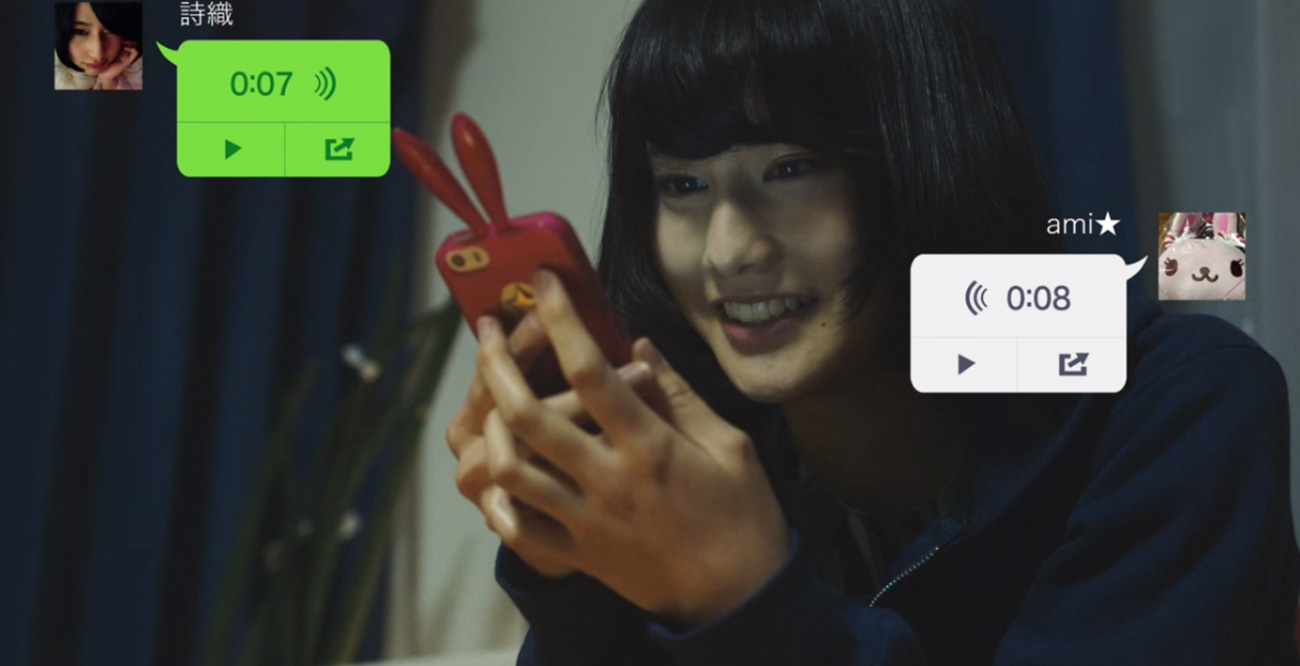There’s a lot to be skeptical about when it comes to Daigo Matsui’s Wonderful World End. With its origins steeped in two music videos belonging to one of Japan’s most interesting new pop talents, Seiko Oomori, it’s easy to dismiss this film as nothing more than an extended advertisement for the singer-songwriter. And to some degree, it is. The first official credit or production company that we see in the film is in fact that of Oomori’s music label, Avex Group who helped fund the making of the film. Add to the fact that this is a film that essentially tries to cobble together a feature based on two music videos and you’re bound to see a few red flags raised.
And yet in spite of these cynical assertions, Wonderful World End manages to bring in a dazzling teen pop aesthetic that oozes charm and feels somewhat alive in its representation of teen spirit in the social media age. Starring the always capable Ai Hashimoto and demure newcomer Jun Aonami, Matsui’s film is exciting yet only presents a partial look into female relationships, being young and the commodification of youth.

When we’re first introduced to Hashimoto’s character Shiori, we see her Twitcasting her morning routine to a small audience. As an aspiring actress, she uses the live-streaming service as a means to connect with her audience by knowingly flaunting her looks. A hard cut follows where we’re treated to the film’s cheery opening titles which cleverly uses a few models from Japan’s Miss iD contest (a competition aimed at finding the “it girl” of tomorrow). The models and Shiori are all at a fan event, one that celebrates their youth and beauty. Noticing a young girl dressed in a similar gothic-lolita outfit, Shiori reaches out to her. Their exchange is awkward and brief but not entirely forgettable. On a whim, Shiori invites young Ayumi (Jun Aonami) to hang out with her. It isn’t before long until the two forge an intriguing bond with each other — one that’s left entirely up to the imaginations of the audience.
It’s that very ambiguity that led to a minor stir in Japan over the content of Oomori’s music videos, which in turn gave life to Wonderful World End. While the film’s narrative is absolutely about the relationship between these two girls, determining the nature of that relationship isn’t. If anything their relationship, and the public reaction to it on a “meta” level, is the catalyst for the film’s main concerns over the commodification of youth and fame in today’s internet culture. And as such, the casting of Hashimoto and Aonami (and to an extent the models in the beginning of the film) are quite brilliant.

As the winner of Miss iD 2014, Jun Aonami’s inclusion in the film is an inspired one despite her inexperience as an actress. Meanwhile Hashimoto’s participation jumps on the fact that she is someone who has been rightfully coveted as one of Japan’s most promising young actresses. Both do well in the roles and although Hashimoto’s Shiori could have easily been presented as an extremely pompous one, the actress brings to Shiori an unrefined and unassured quality that only someone who has freshly experienced the naivety of youth could bring. Also helping to propel this idea of youth commodification are Shiori’s Twitcasts which grows in viewers the more she finds herself booked into different late night television shows.
Unfortunately for Wonderful World End, its observations on the commodification of youth feel like it ends there which is a shame considering how much more Matsui’s use of social media could have played into the fabric of this idea. While Wonderful World End’s extremely charming use of social media and its visual motifs certainly adds an indelible personality to the feature, it mostly exists to inform the audience of the world that our heroines exist in. In this day and age where we’re so used to reading information quickly, often across multiple screens, and having our eyes move across in every which direction, Matsui’s insertion of chat boxes, Twitcast screens, vertical iPhone video recordings and scrolling blog posts within the film is partly experimental but also wholly appropriate to tailoring the film’s overall aesthetic.

Concerning Japanese films of 2015, we have so far seen some interesting results with regards to films exploring female relationships. With Studio Ghibli’s When Marnie Was There, Hirokazu Koreeda‘s Our Little Sister and now Daigo Matsui’s Wonderful World End, it’s great to see that stories of female relationships and sisterhood remain prevalent in the country. Matsui’s next project, Luv Ya Hun! — a road-trip film about four high school girls who travel to Tokyo to see their favourite band perform live — also looks like it follows that same trajectory though compared to Wonderful World End mightn’t be as ostentatious.
Matsui’s feature might not dig deep into the thematic well and can get a touch absurd towards the end (one moment in particular has actresses break character and say each other’s real names instead?) but doesn’t fail to please. Its aesthetic is easily capable of drawing an audience in even when the film is at its most bizarre and at roughly 70 minutes long won’t do much to offend those who feel that stretching two music videos across a narrative feature is asking for a lot. Matched with the music and songwriting of Oomori, Wonderful World End makes for an intriguing recipe for teenage pop filmmaking, the likes of which makes it easily comparable to Tetsuya Nakashima‘s utterly delightful 2004 feature Kamikaze Girls.
